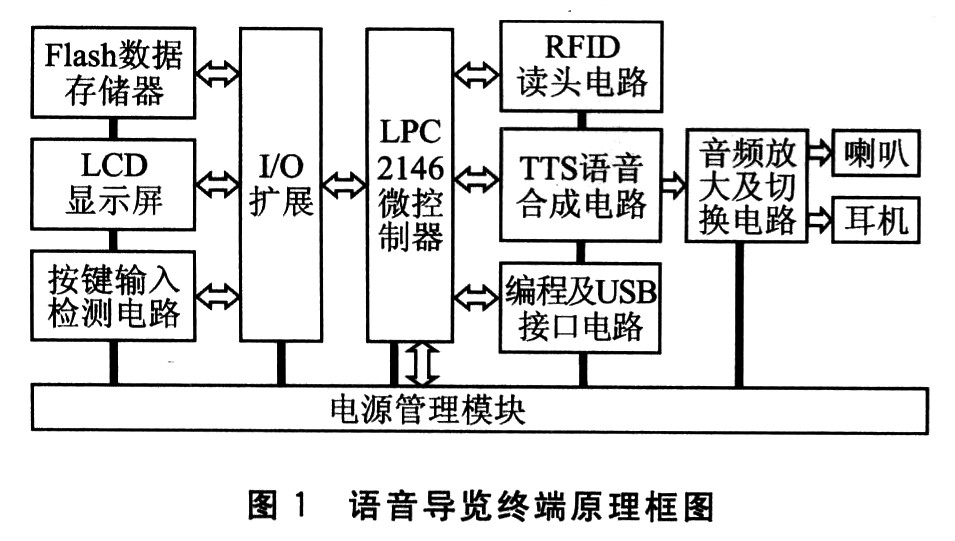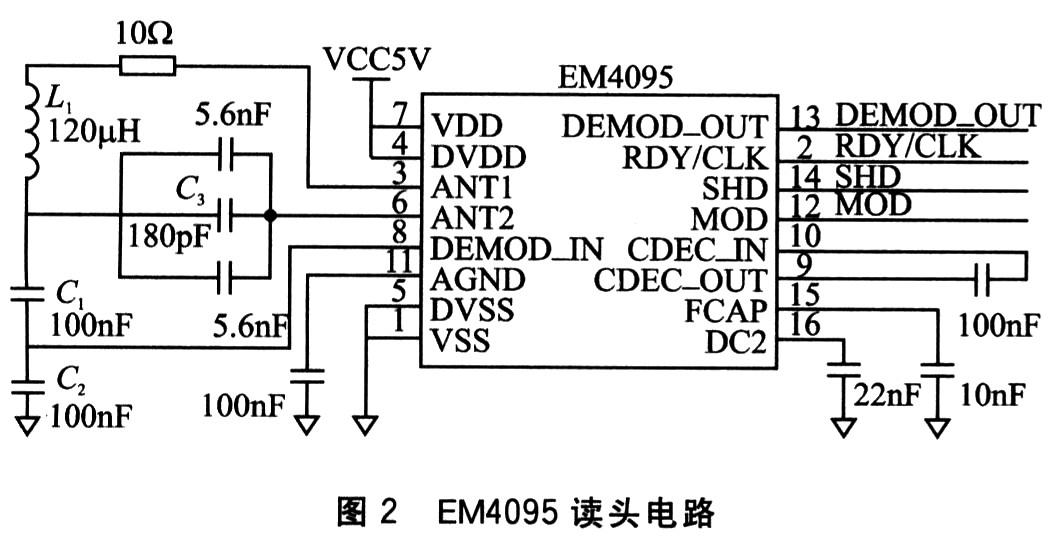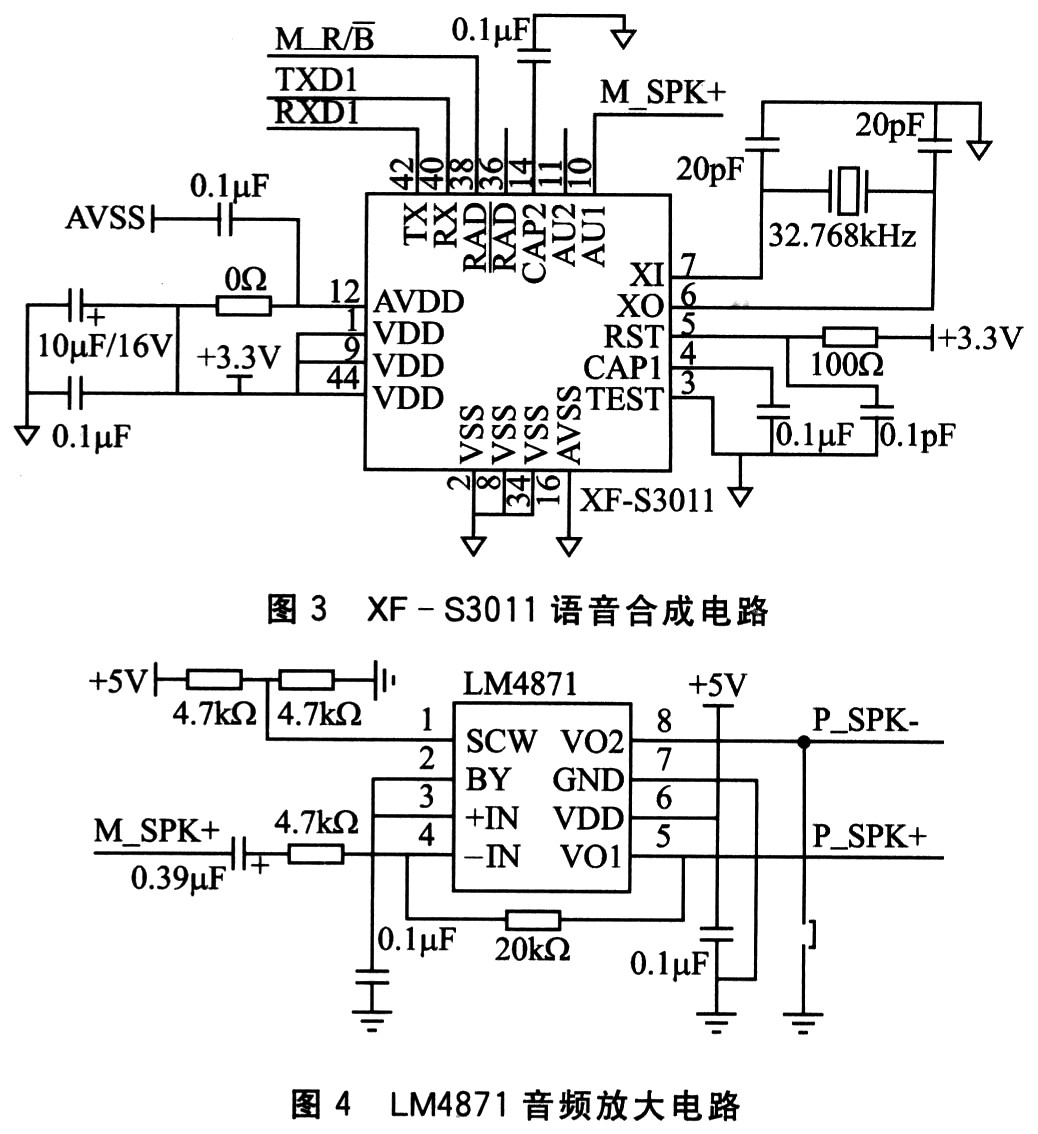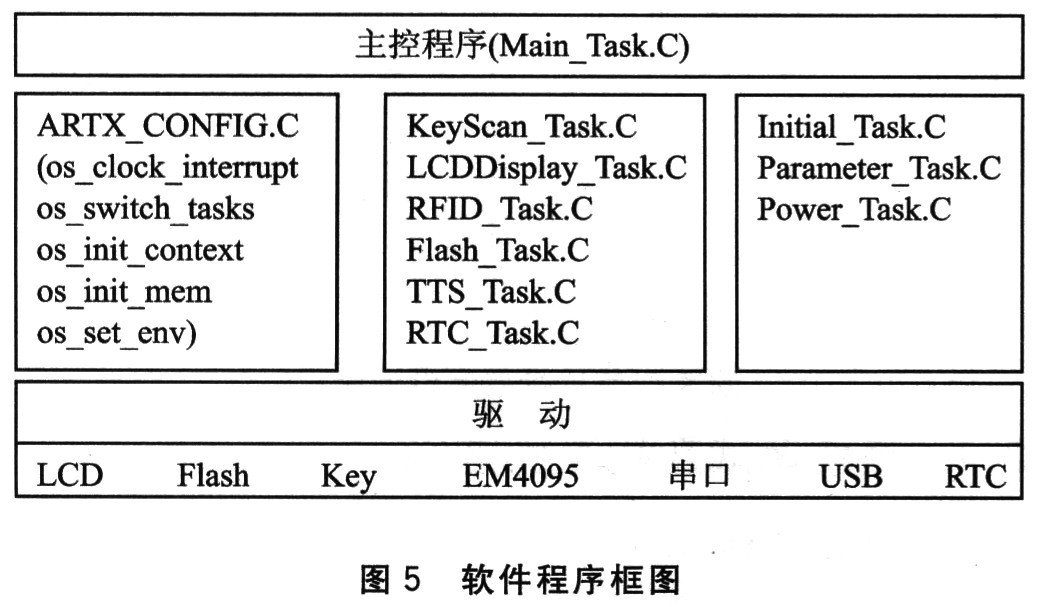In some large museums and scenic spots in China, some audio guides have been adopted to provide visitors with various explanations and guides, which greatly facilitates visitors' understanding of the history and culture of museums and scenic spots. However, the traditional audio Navigator has a single function, large power consumption, high cost, and complicated data update. Visitors need to manually input the code to get the corresponding playback information, which limits the further promotion of the audio Navigator. This design combines RFID radio frequency identification technology and TTS speech synthesis technology, and proposes an audio guide that can automatically identify the interpretation object, and combines USB storage technology to realize the timely update of various navigation information.
1 RFID technology, TTS technology and terminal function analysis RFID (Radio Frequency Identification) is commonly known as electronic tag, which is a non-contact automatic identification technology. It automatically recognizes the target object and acquires relevant data through the RF signal, and the identification work can work in various harsh environments without manual intervention. RFID technology can recognize high-speed moving objects and recognize multiple labels at the same time, which is quick and easy to operate. The most basic RFID system consists of three parts: a tag, consisting of a coupling element and a chip, each tag having a unique electronic code attached to the object to identify the target object; a reader, reading (sometimes still A device that can write) tag information, which can be designed as a handheld or fixed type; an antenna (anten-na) that transmits RF signals between the tag and the reader.
TTS (Text To Speech) technology solves the problem of how to convert text information into sound information, and thus becomes a listener, making people's way of obtaining information more abundant and natural. Speech synthesis technology is one of the key technologies to realize human-machine voice communication. It involves a variety of subject knowledge such as acoustics, linguistics, digital signal processing, computer science, etc. It is a cutting-edge technology in the field of Chinese information processing.
As a portable terminal, the audio navigation terminal must meet the low power requirements of the entire design in order to ensure that it has enough energy to work reliably. At the same time, through the analysis of the audio guides currently used in the market, the audio navigation terminal to be realized in this design mainly realizes the following basic functions: automatic recognition of target objects; active playback of navigation information; update of USB information; display of tour routes; Information inquiry.
This article refers to the address: http://
2 audio navigation terminal hardware principle design audio navigation terminal basic principle block diagram shown in Figure l. The RFID read head circuit sends the obtained tag information to the microcontroller. The microcontroller reads the corresponding text information from the data memory according to the tag information and sends it to the TTS speech synthesis circuit through the serial port. The TTS speech synthesis circuit converts the text information into voice information, which is then amplified by an audio amplification circuit and sent to a built-in speaker or an external earphone. At the same time, the LCD display shows the current tour route based on the tag information. In addition, some service information can be queried through the human machine interface.

2.1 EM4095 RFID read head circuit EM4095 is an RFID base station read/write chip. The carrier frequency is 100~150 kHz, which can operate on labels such as EM400X, EM4050 and EM4150. When using the working circuit shown in Figure 2, its operating frequency is determined by the following relationship:

In practical applications, the capacitor in the above formula selects the ceramic capacitor, and adjusts the value of the inductor L1 according to the actual test conditions to ensure the operating frequency is 125 kHz.

2.2 XF-S3011 speech synthesis and audio amplifier circuit XF-S30ll chip is a Chinese speech synthesis chip developed by Zhongke Daxun Information Technology Co., Ltd., which integrates the complete speech synthesis system into a single processor, through the serial port. Receive and synthesize arbitrary text. The serial port baud rate is 9600 bps, and the current working state of the voice chip (Busy/Ready) is indicated by the RAD port. Since the audio signal output of the XF-S3011 chip is relatively small, in order to make the audio signal have enough power to drive the speaker, power amplification is required by the LM4871 circuit, and the amplification gain can be adjusted by the resistor R. 3 and 4 are schematic diagrams of peripheral circuits of the XF-S3011 chip and the LM4871 chip.
2.3 Microcontroller and Interface Circuit The microcontroller uses LPC2146 with 32 KB+8 KB and 256 KB embedded high-speed flash memory, built-in USB 2.0 full-speed device, UART, SPI, SSP, I2C string Line communication interface, using ultra-small LQFP64 package, low power consumption. In order to connect with LCD 160×128, large-capacity data memory (SST39VF080) and keyboard, this design uses 74L574 and 74L245 to expand I/O port.
In addition to the ISP programming, the serial port 1 of the LPC2146 can also set the system operating parameters. At the same time, in the process of program debugging, you can also set some status points to facilitate debugging and testing of the code. The host computer management software communicates with the LPC2146 through the USB port. The LPC2146 saves the navigation information transmitted from the host computer to the large-capacity program memory in a certain format, so that the data can be updated in time.

2.4 Power Management Module For audio navigation terminals, multiple power supplies are required internally. Therefore, how to properly design the power management module has a very important impact on the stable operation of the terminal and the control of power consumption. This design uses the MAXl677 power management chip to convert the power provided by the lithium battery into two channels, one for the EL backlight driver, the other for the 3.3V voltage for the LPC2146 and other peripheral chips, and the 3.3 V voltage for the SPX5205/ The 1.8 V chip is converted to 1.8V for the LPC2146 core.
3 Application software design In order to reduce system resource overhead, and taking into account the terminal function requirements, the software design uses the ARTX operating system that comes with Keil C51. The operating system is simple in application and occupies less resources, and is suitable for applications with less real-time requirements. The terminal software program framework is shown in Figure 5. It mainly includes the main control program, ARTX kernel program, user task, low-level driver, configuration and settings. The basic process of software operation is:

1 After the power-on reset, the main control program runs, the main control program completes the initialization of the variable, the allocation of the RAM, the initialization of the task block, the initialization of ARTX, and then enters the while loop;
2 In the whiIe loop, start task scheduling and switching, the task query beat is 10 ms, after completing a task, the task with the highest priority in the query task table starts to execute;
3 The external interrupt will start the corresponding interrupt handler, which will cause some tasks to be ready, and the ready tasks will be queued for execution according to the priority.
Conclusion <br> The application of RFID technology in the audio navigation terminal solves the trouble of manually inputting identification information, realizes the automatic information collection of the recognition object, greatly simplifies the routine operation procedure and is convenient for tourists to use; at the same time, combined with the screen display, Provide visitors with an accurate location to visit. The speech synthesis technology has got rid of the traditional recording storage mode, on the one hand, it reduces the requirement on the storage capacity of the terminal, and on the other hand, realizes the rapid update of the navigation information.
Features and Benefits
- The industry`s most extensive selection of machinery measurement parameters combined with software configuration for virtually all monitor options
- Maximum reliability with extensive self-checking and fault tolerant design features
- Rugged design that is fully compliant with the American Petroleum Institute`s Standard API 670 and API 618 requirements, Canadian Standards Association (CSA), Factory Mutual (FM), GOST, ATEX, and CE requirements
- Compatibility with a variety of locally or remotely mounted displays
- Flexibility for configuration with various levels of redundancy, ranging from simplex modules to dual power supplies to redundant relay modules with wide ranging and flexible logical operator options for configuring complex relay logic as desired
- An Ethernet port in the 3500/22M Rack Interface Module and a single network cable to communicate with GE's System 1® software, connecting condition monitoring and diagnostic software
- Optional DNV and Class NK certifications for maritime applications, and communication gateway module to connect to plant control and automation systems
- TÃœV Functional Safety Certification that can be supplied for applications requiring up to Safety Integrity Level (SIL) 2, when the product is used as part of a safety instrumented system
-
Bently Nevada:3500/3300 system,Proximitor probe etc.
-

Bently Nevada Cards,16-Channel Relay Module,Ac Power Supply Module,Bently Nevada 3500/33
Xiamen The Anaswers Trade Co,.LTD , http://www.answersplc.com